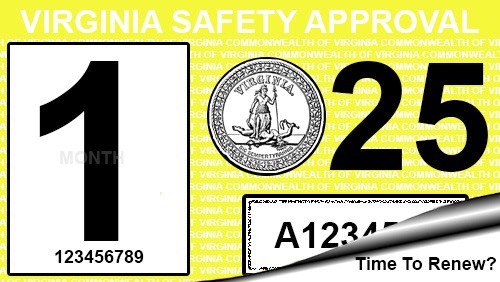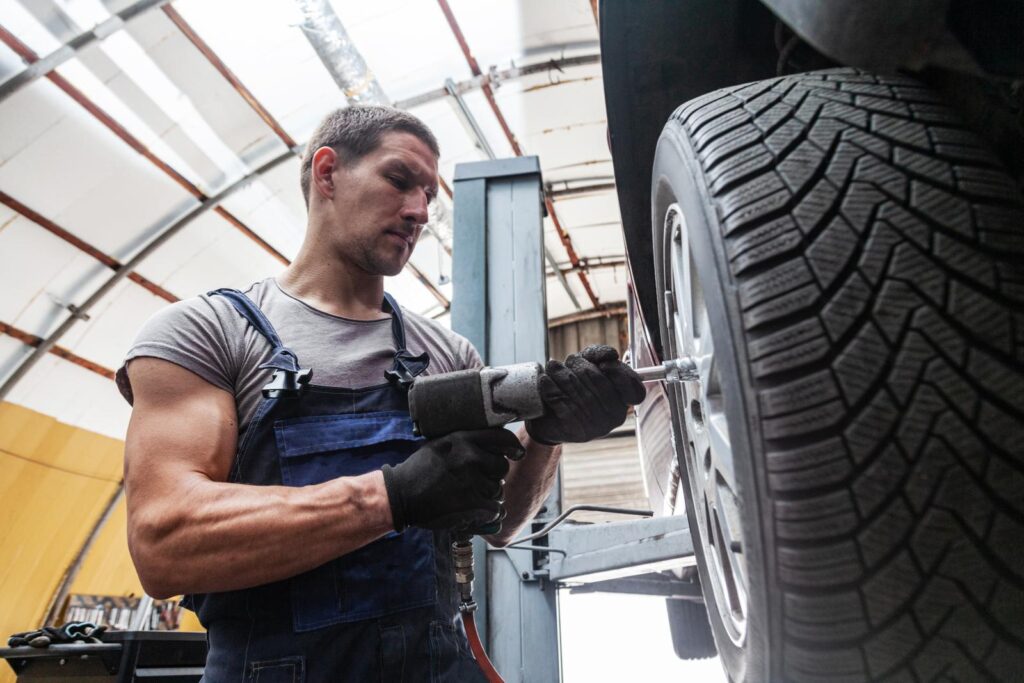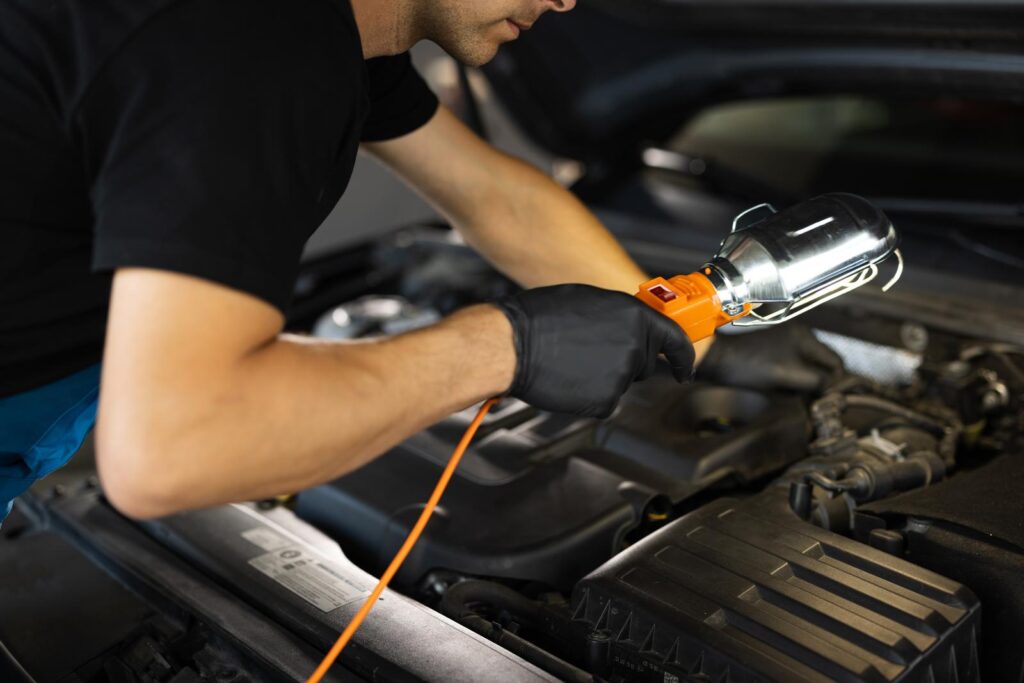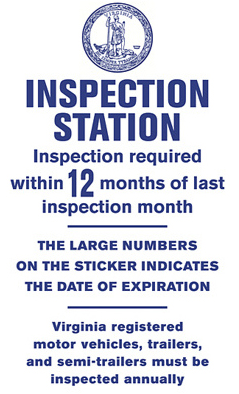We are your one-stop shop for all your auto repair needs. Our experienced technicians are here to provide top-notch service and get you back on the road in no time. Contact us today to schedule an appointment.

If you’re a vehicle owner in Virginia, it’s vital that you know what the annual vehicle inspection (Virginia Official Motor Vehicle Inspection Program) process in the state entails. This program enhances road safety and ensures high standards of environmental compliance. Here’s a brief rundown on what the inspection process involves and how to get ready for it.

Virginia has a mandatory vehicle safety inspection program where every motor vehicle in the state is required to be inspected every 12 months. The program is run by the Virginia State Police and is designed to make sure that all vehicles meet basic safety standards. These must be performed at licensed inspection stations, typically located at repair shops and service centers throughout the state. America 1st Automotive is a certified state inspection station for Virginia.

We will check your car for components needed to make sure it is road-worthy. Key areas include:
Should your vehicle fail inspection, you will receive a rejection sticker along with a list of what needs to be repaired. You have 15 days to fix these problems and come back for a re-inspection. For this time, it is still legal to drive the vehicle, albeit only during daytime unless the headlights are functional.

An inspector will check the following components:
https://vsp.virginia.gov/safety-and-enforcement/vehicle-safety-inspection/
Conduct a Pre-Inspection Check: Check your lights, wipers, and horn. Inspect your tires for any visible wear, and make sure your windshield doesn’t have major cracks.
Note: Schedule Routine Maintenance, Regular oil changes, and tune-ups can help identify issues before the inspection
Resolve Known Issues: If you know of any safety issues, fix them beforehand.
A sign reading “Official Inspection Station” is posted at a licensed inspection station. You can find one near you by searching online or asking for referrals from local repair shops.

The charge for a safety inspection is $20 for most vehicles and $12 for motorcycles. Your locality may require emissions testing, which may incur additional fees.
You are leaving the America 1st Automotive website. The following content is not ours.